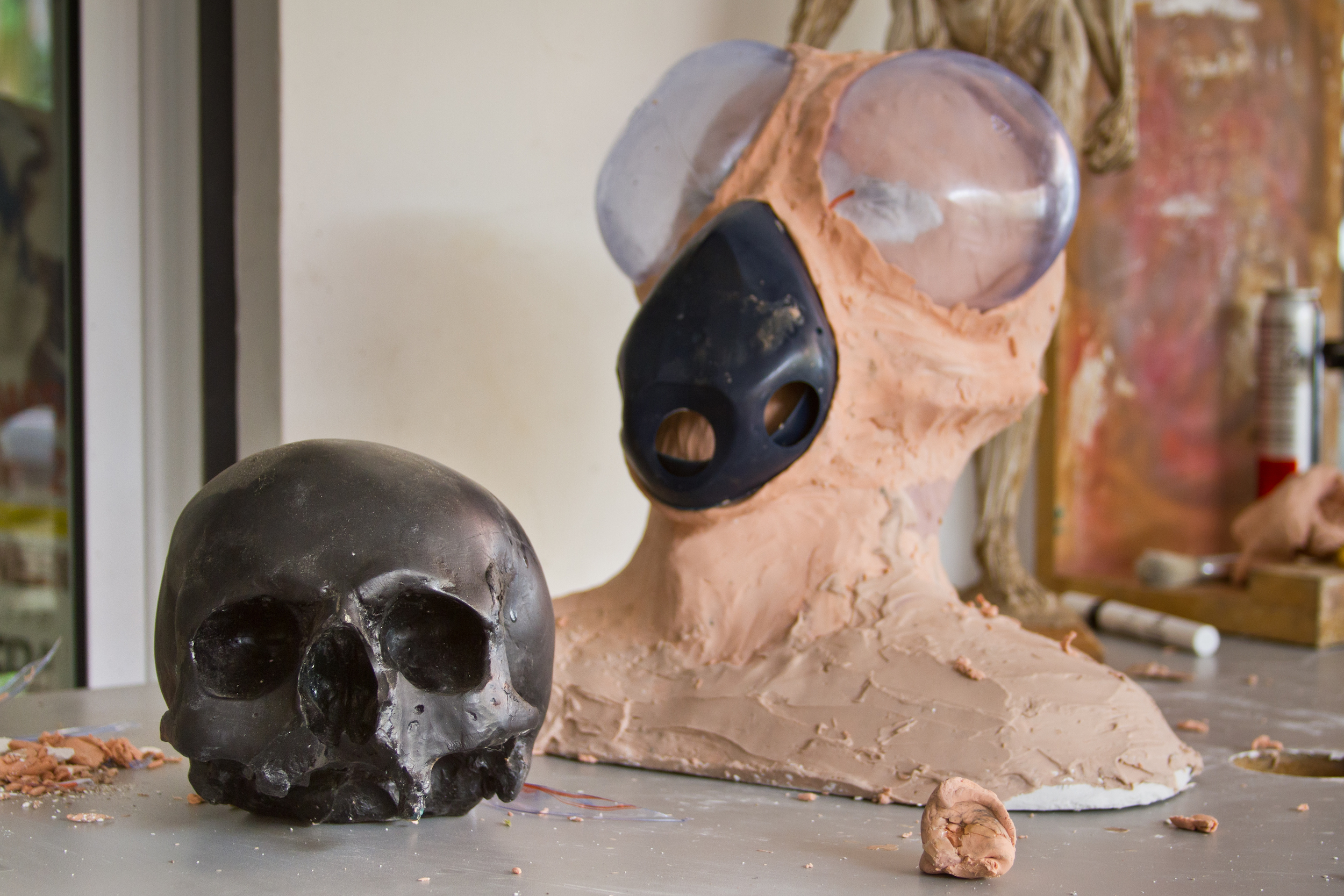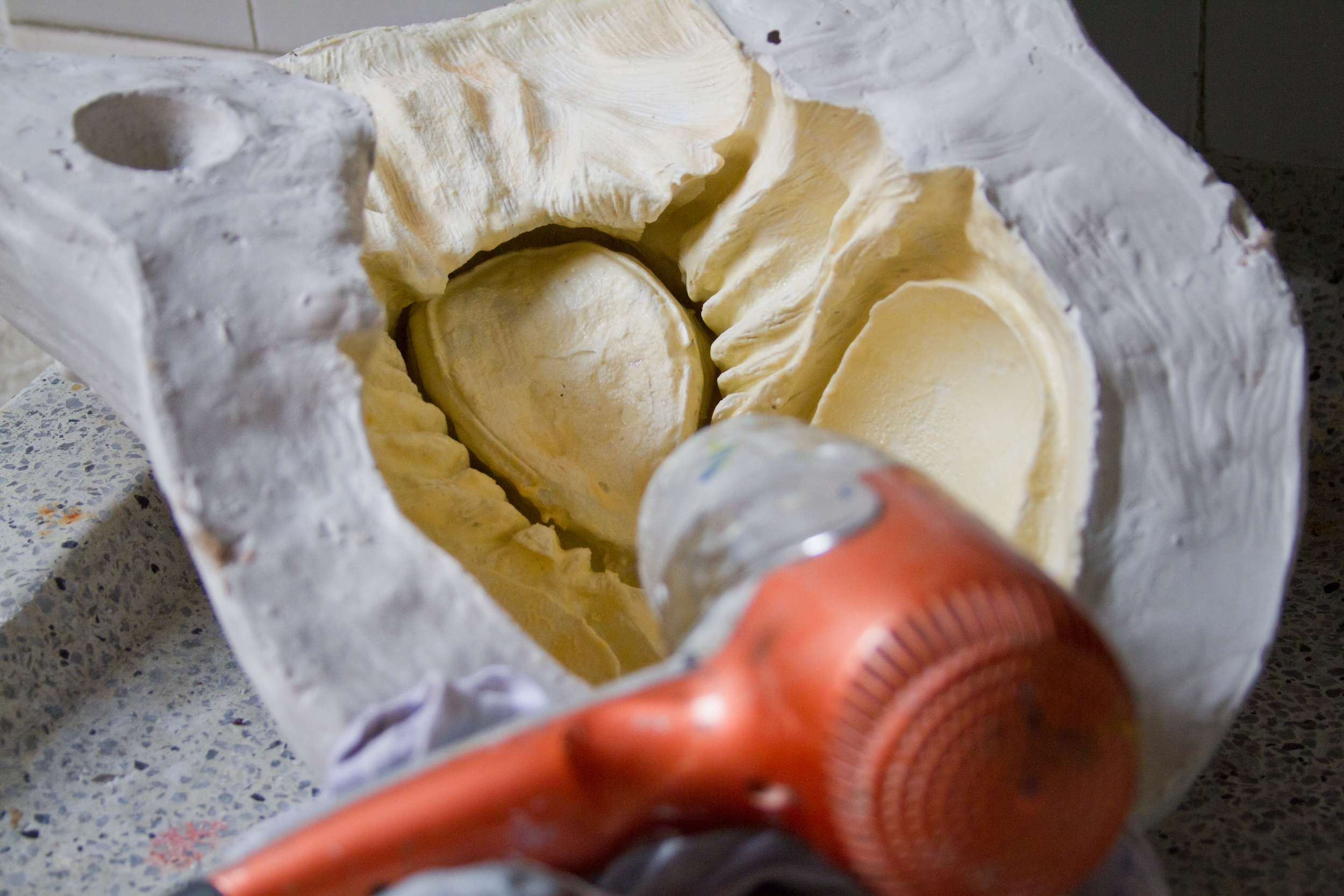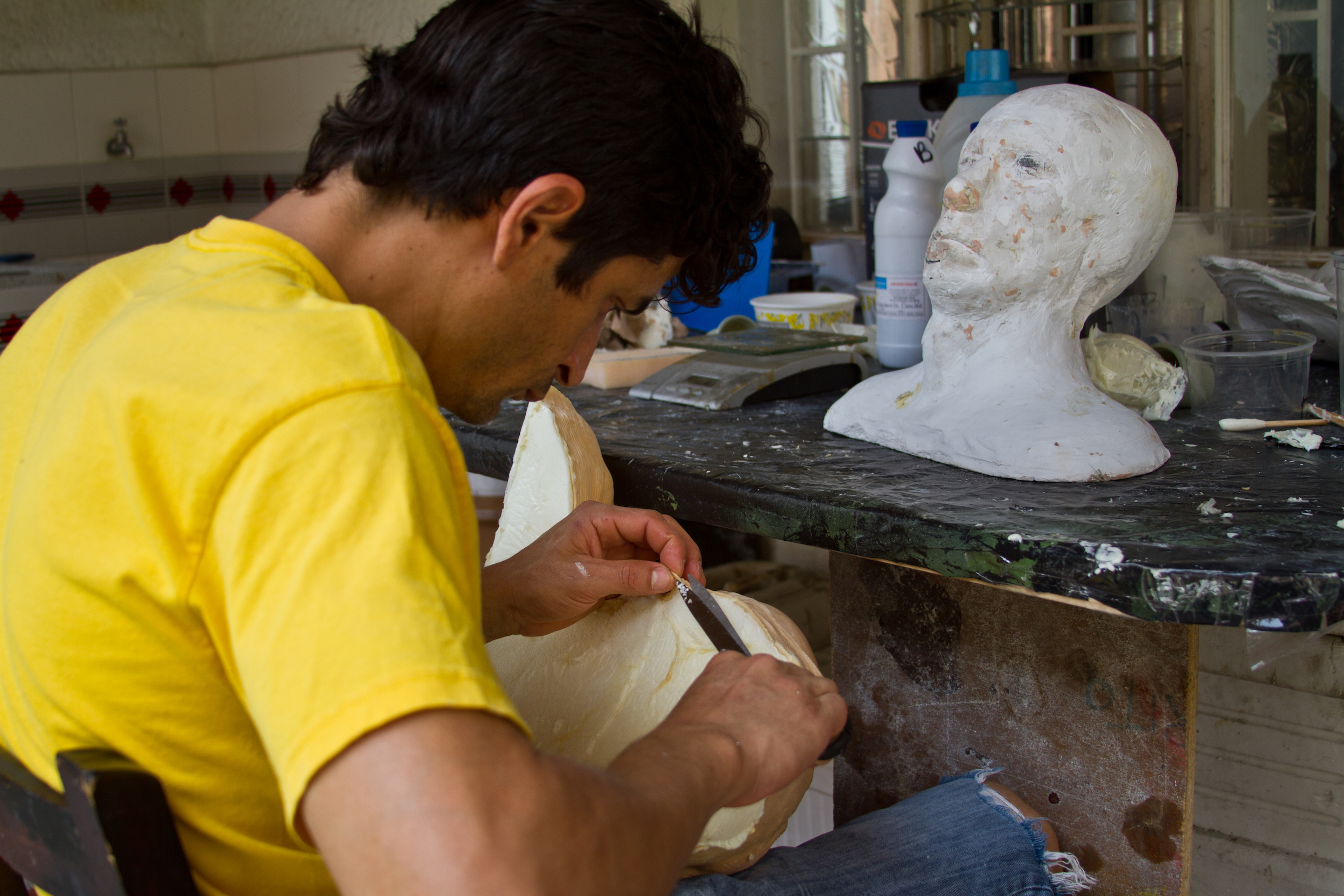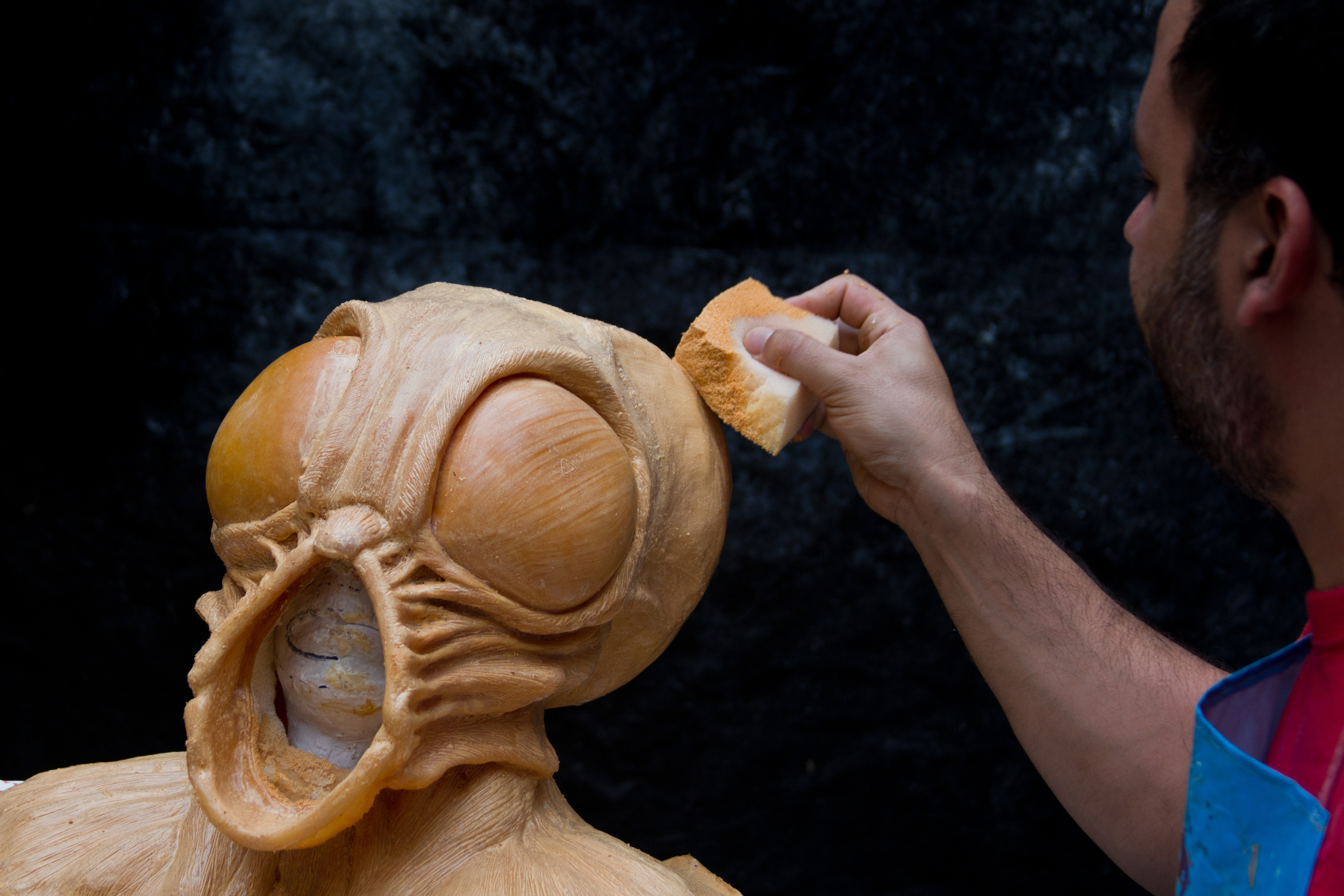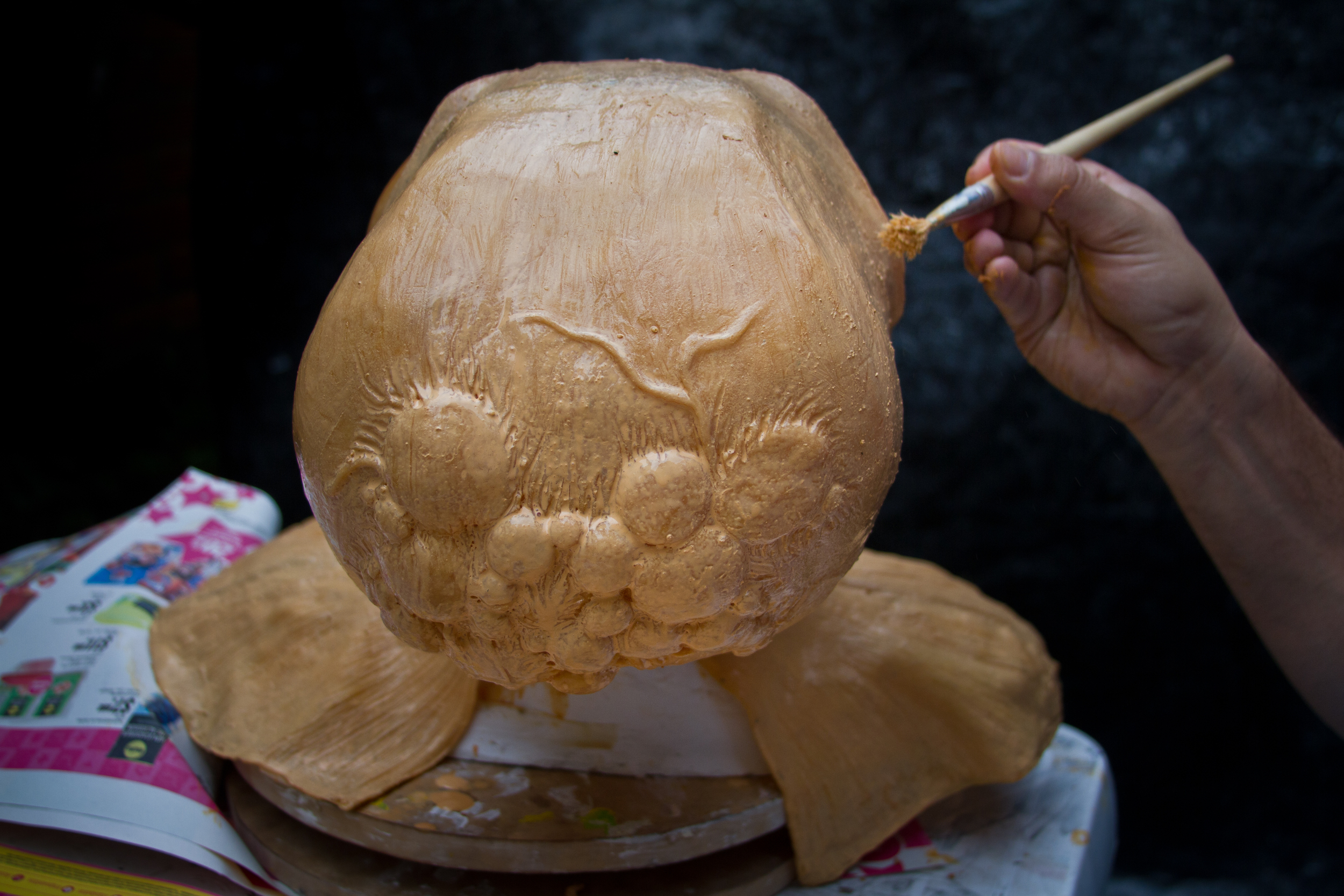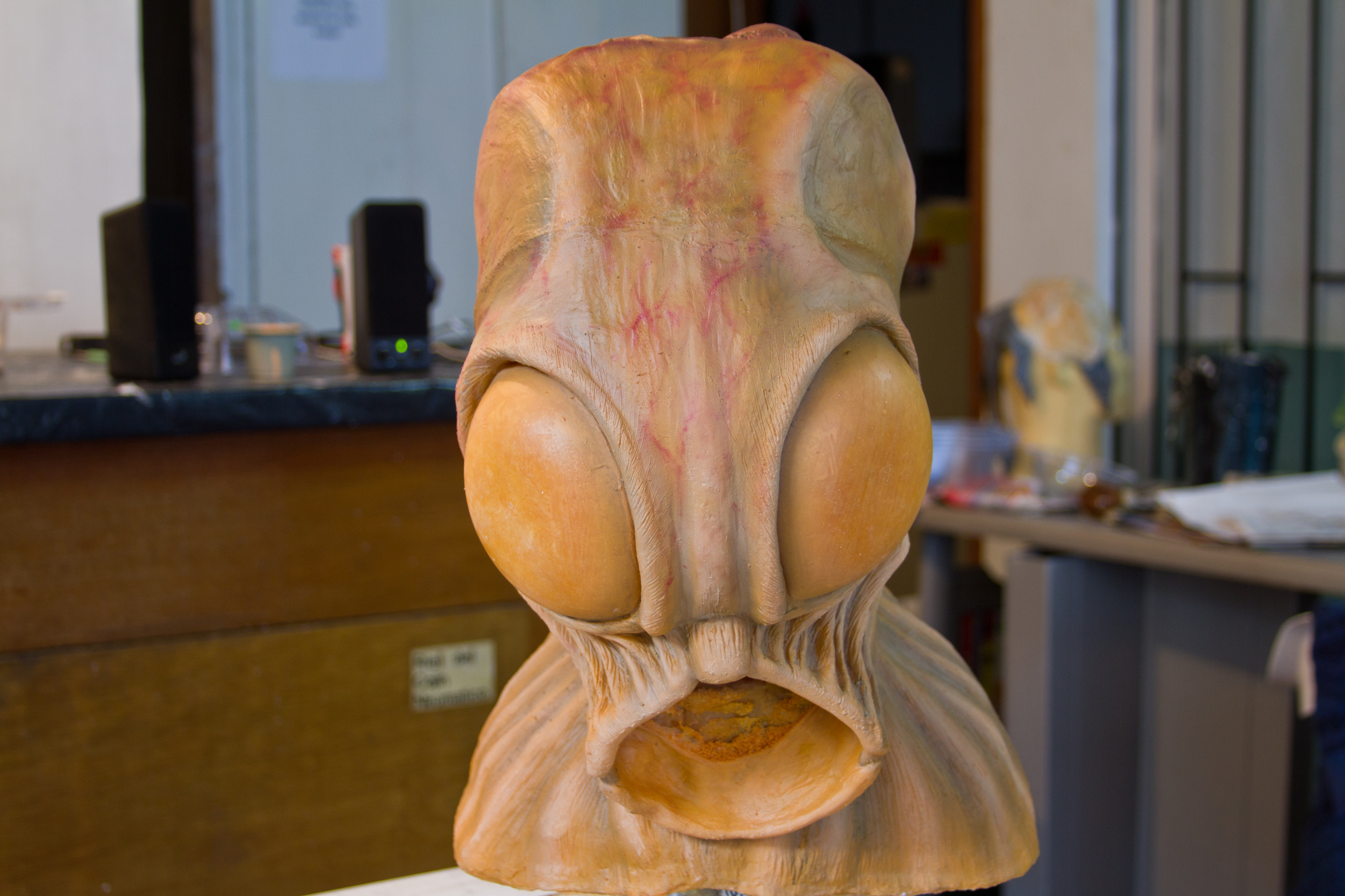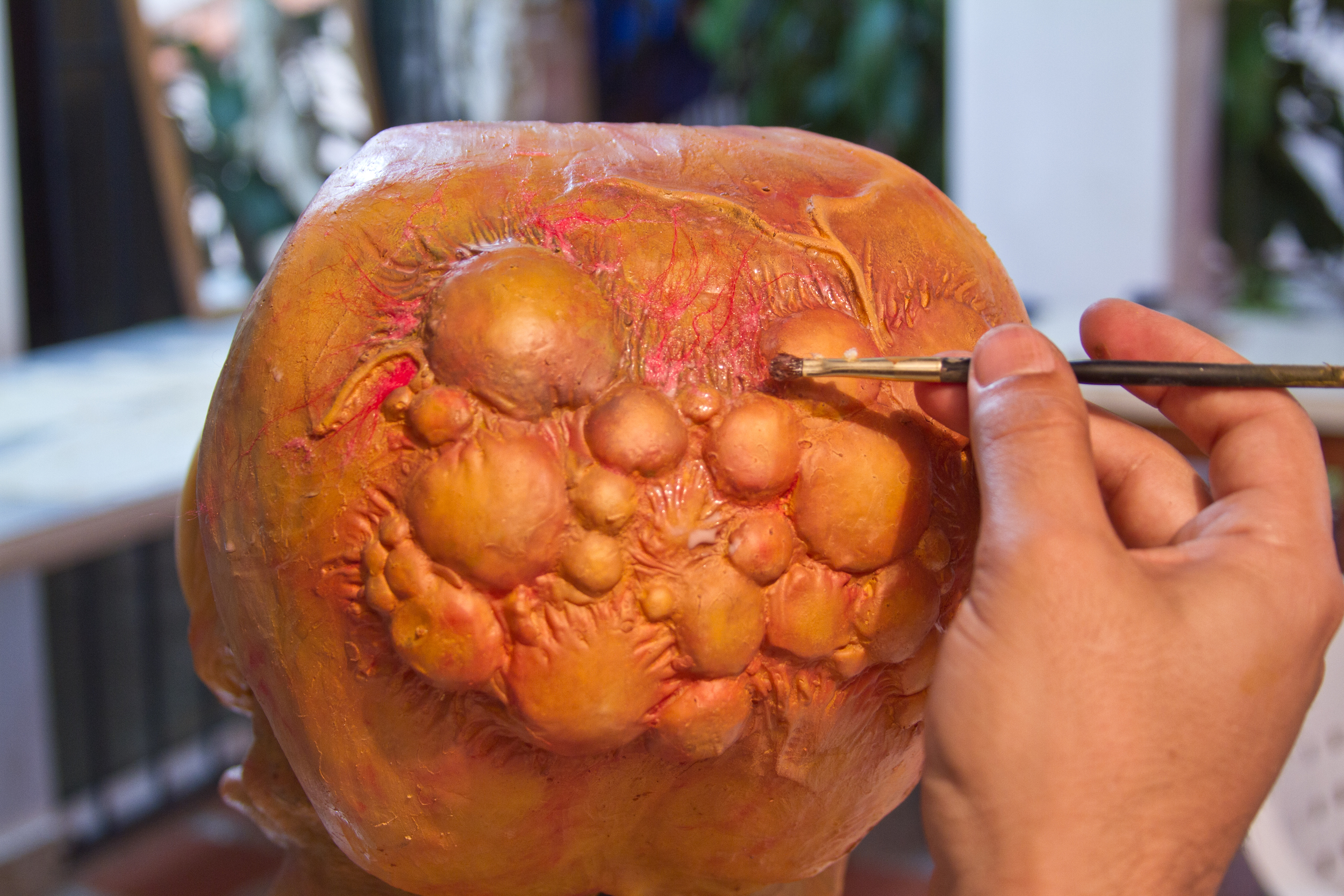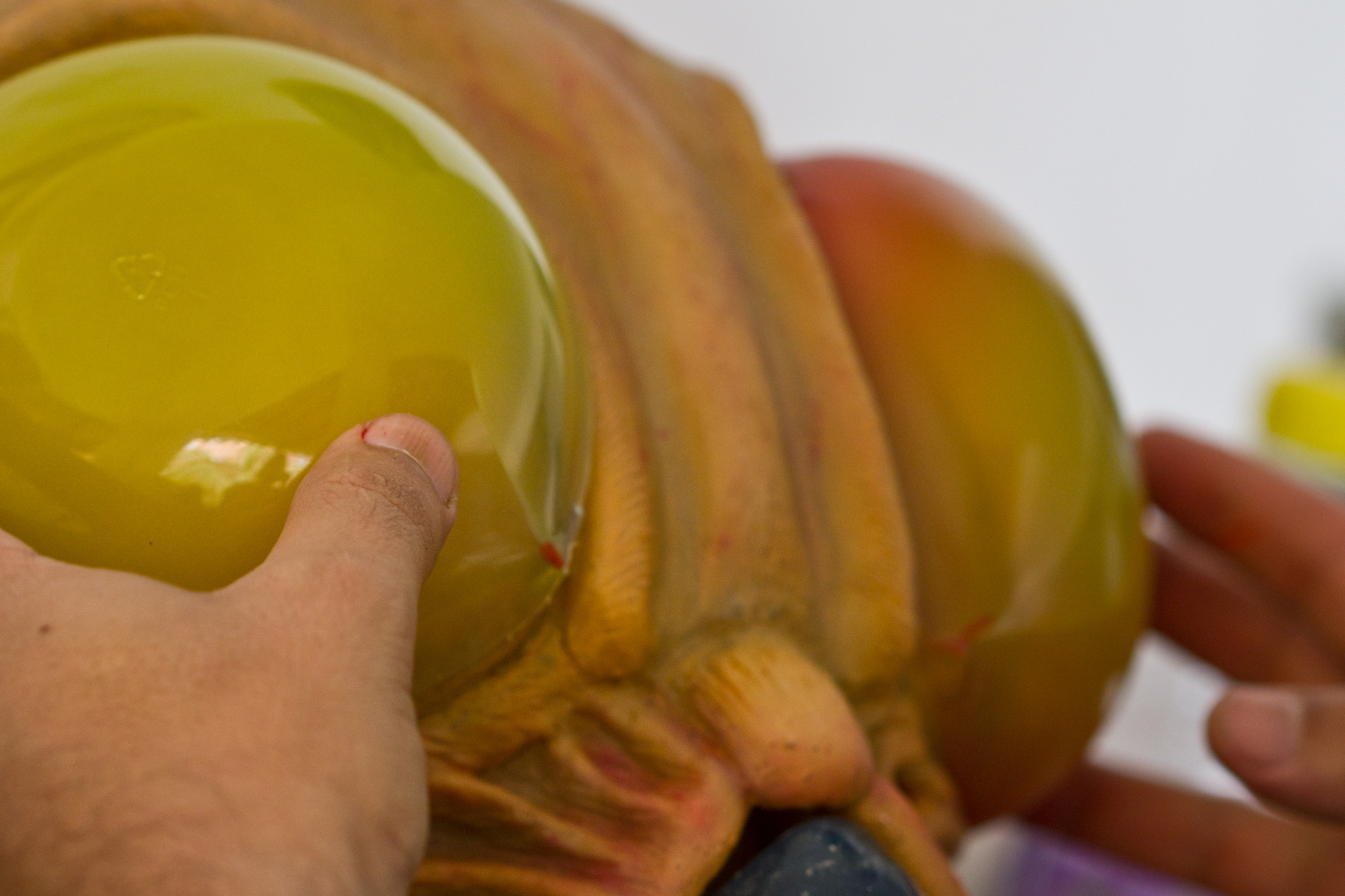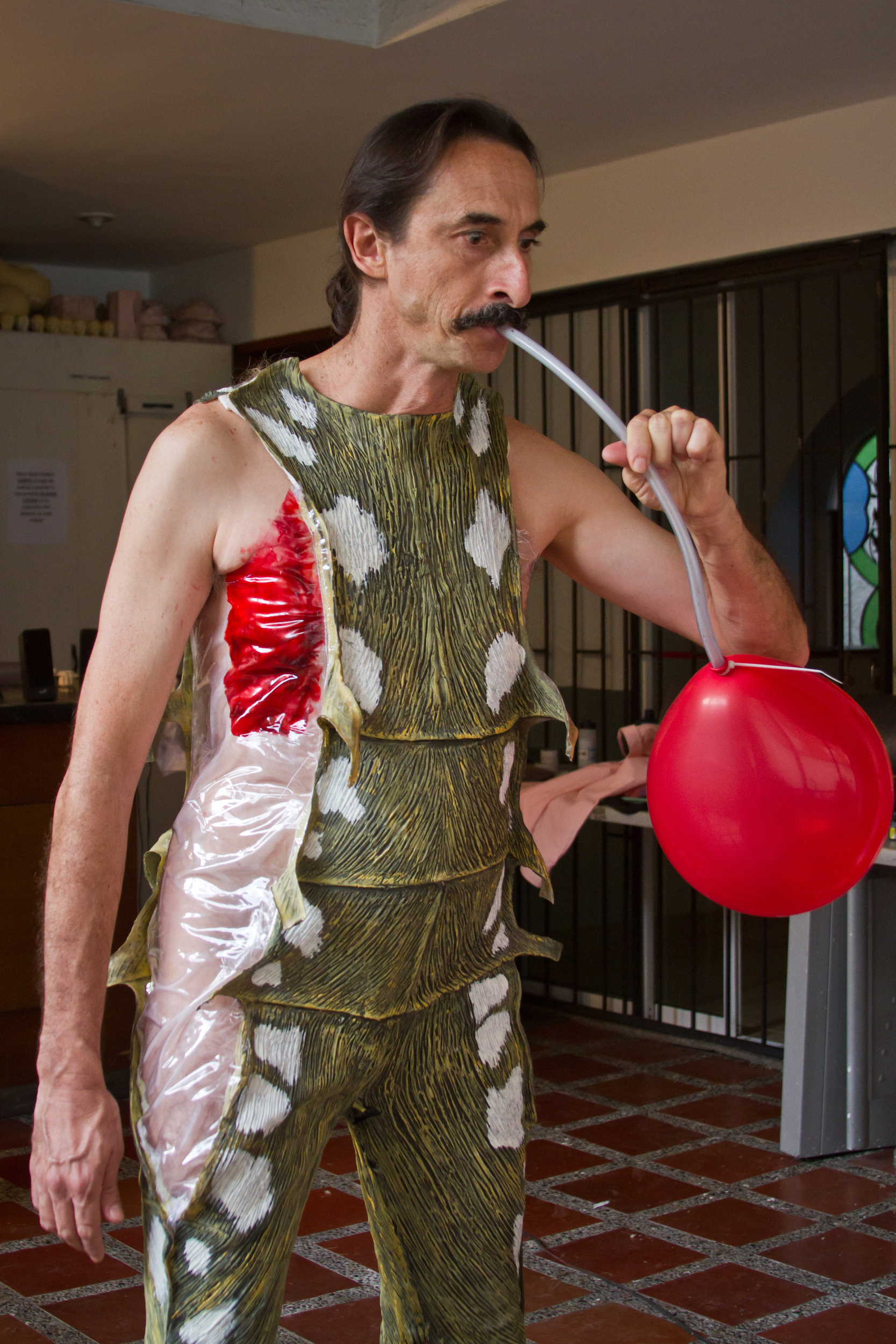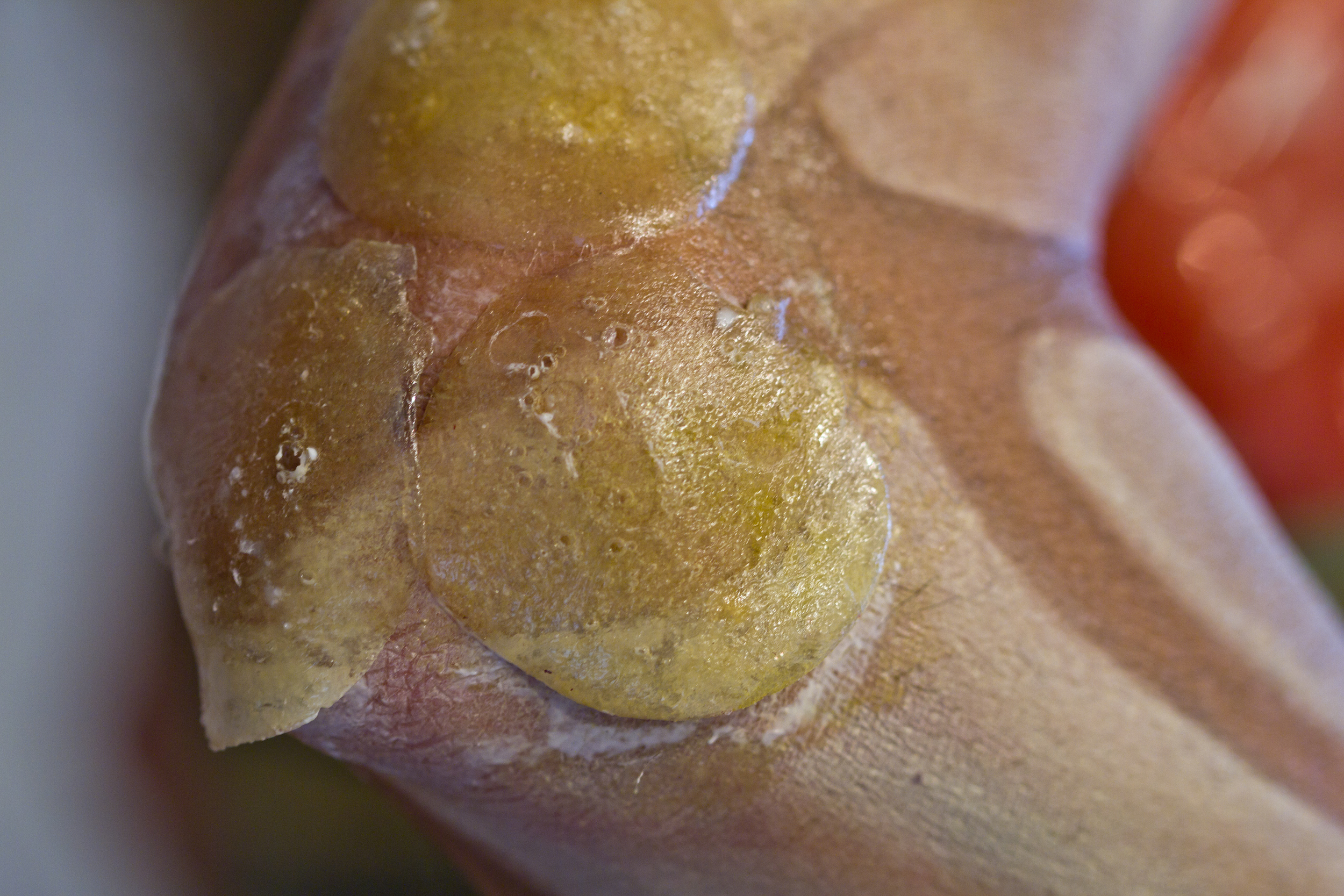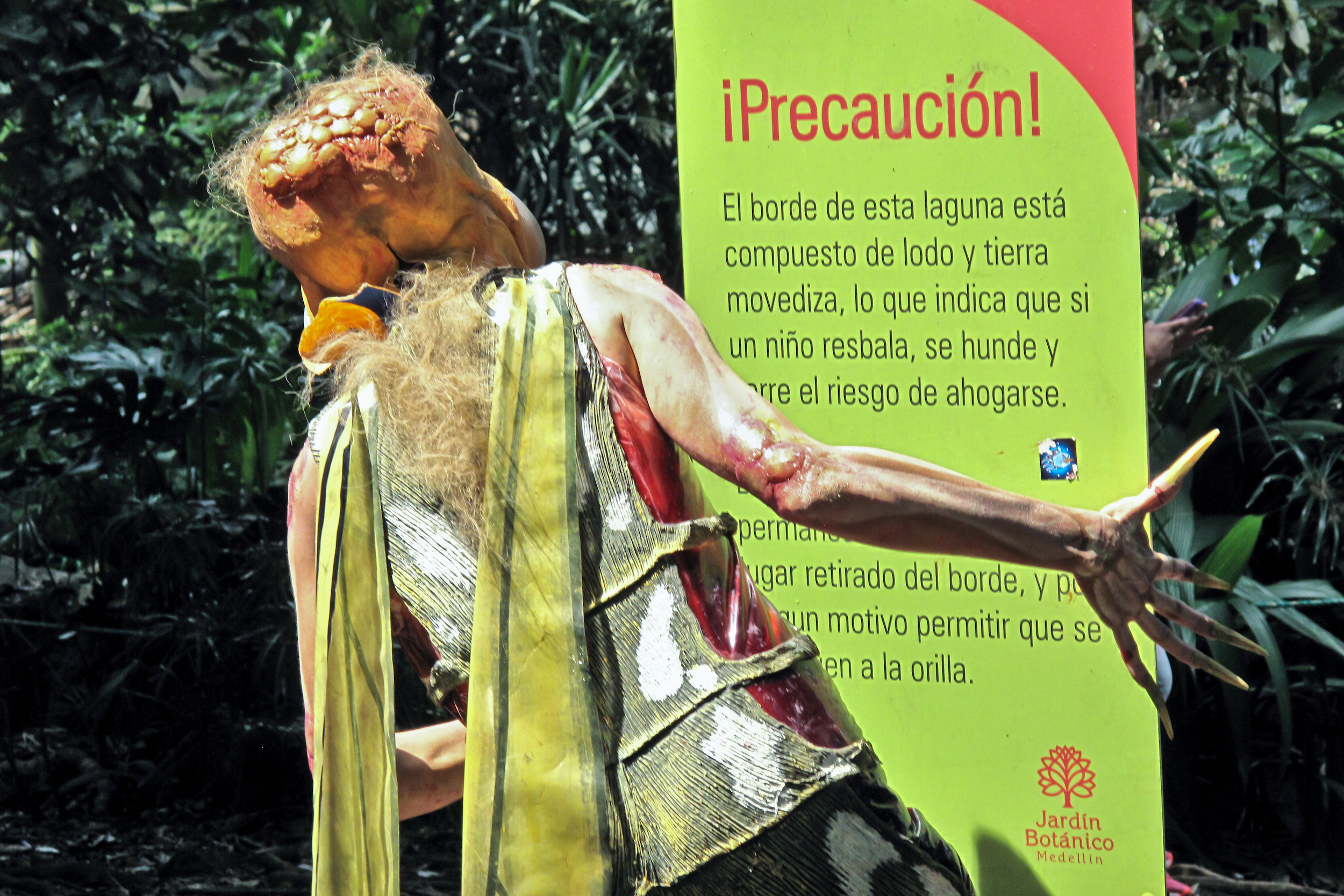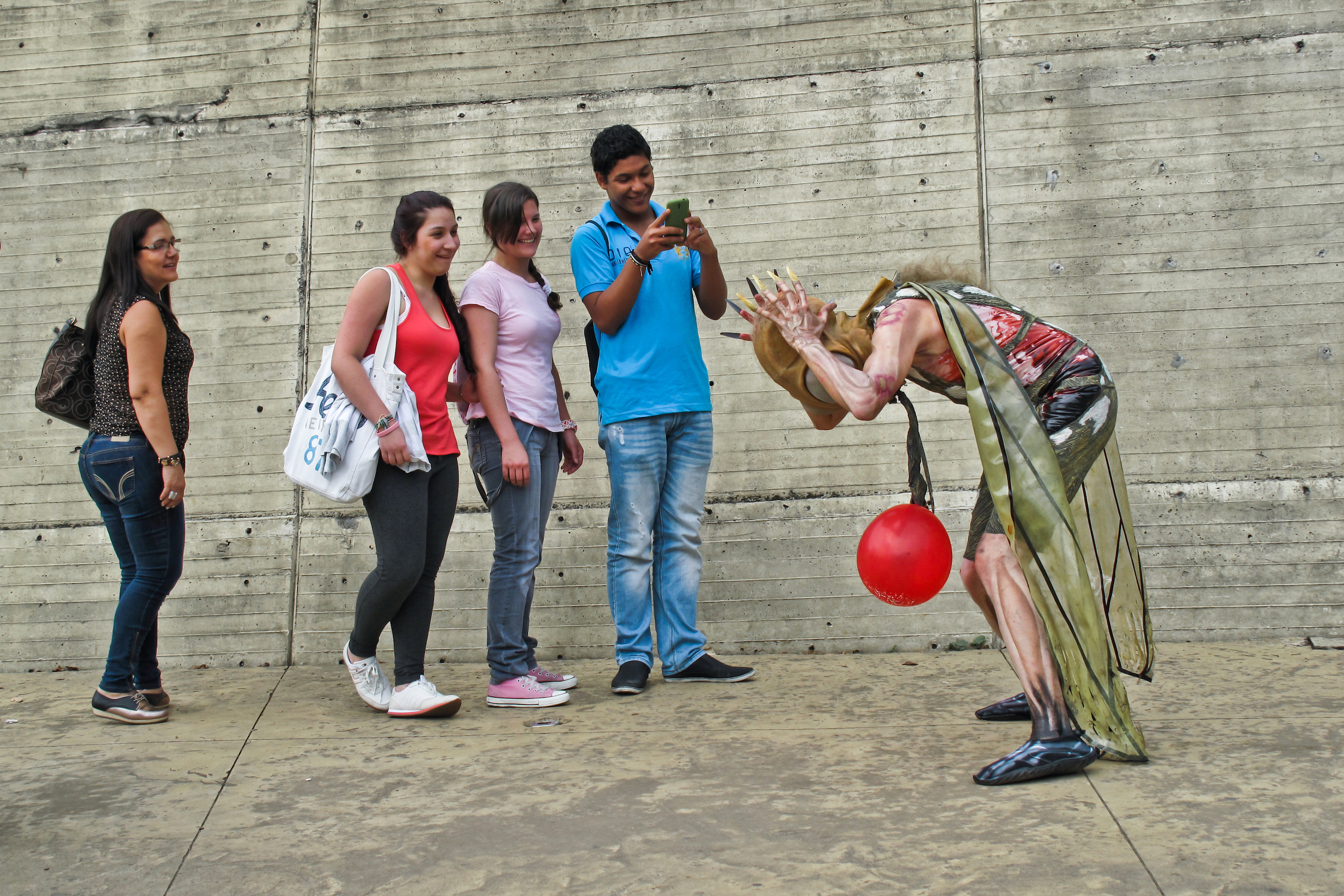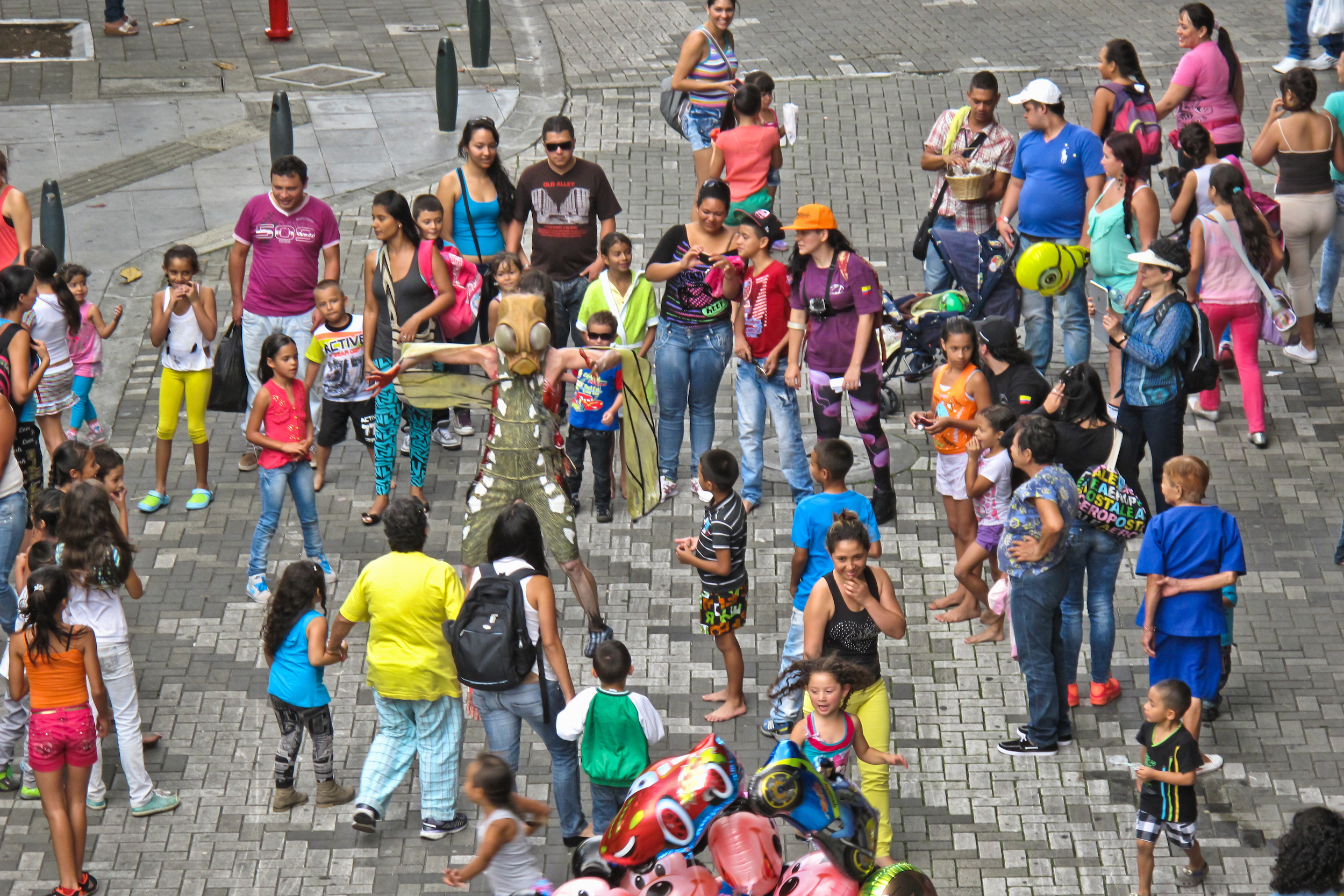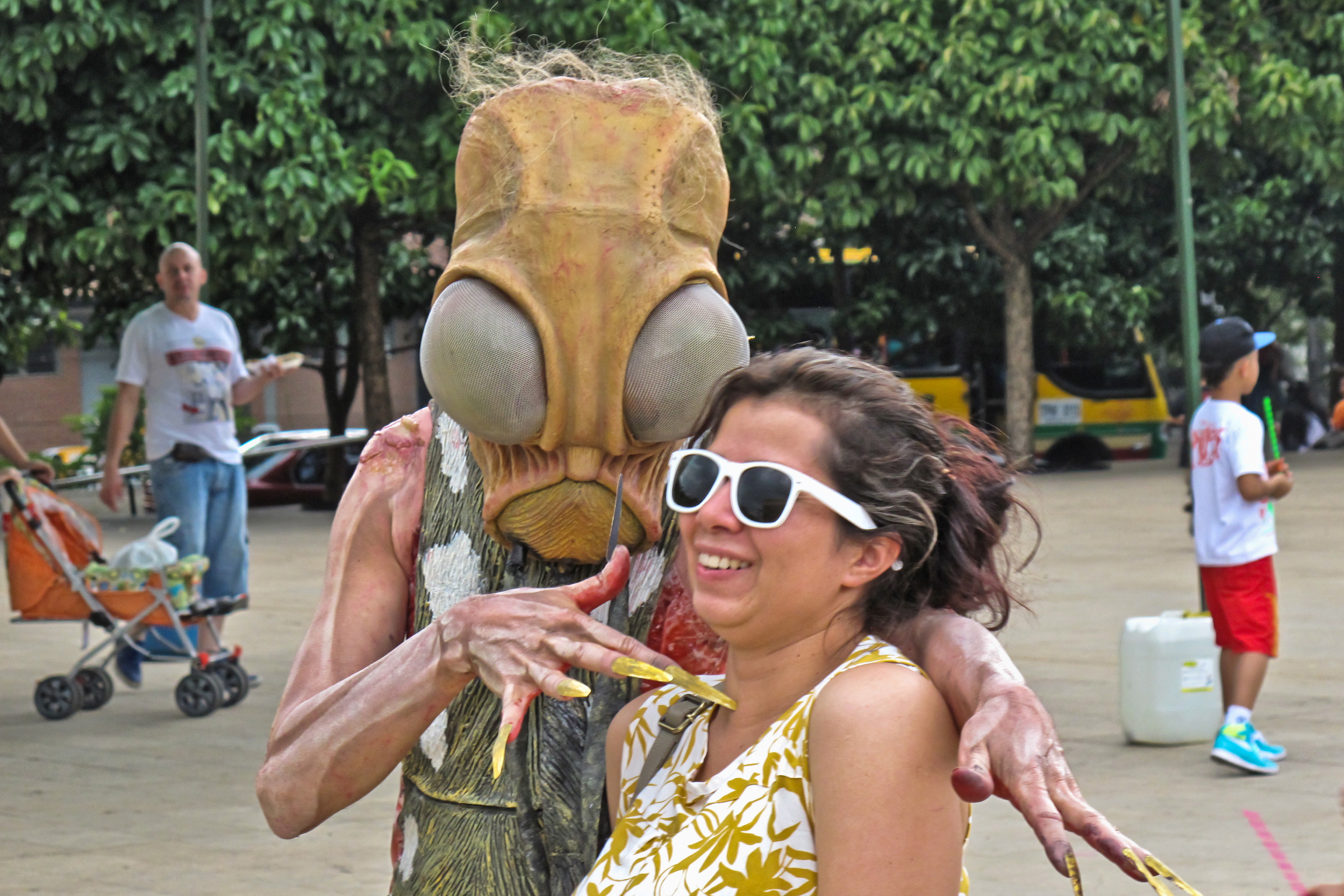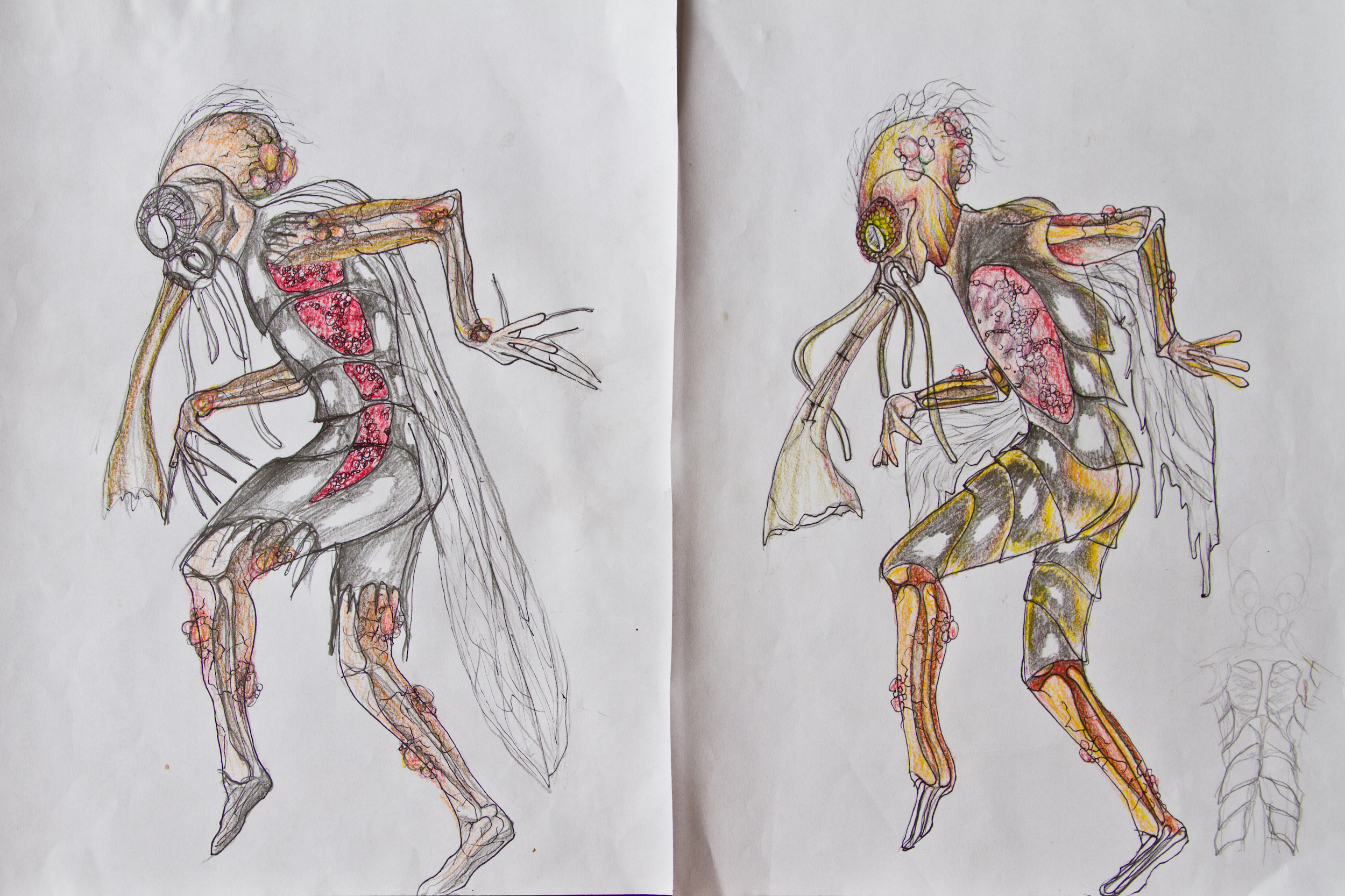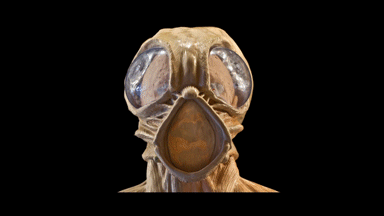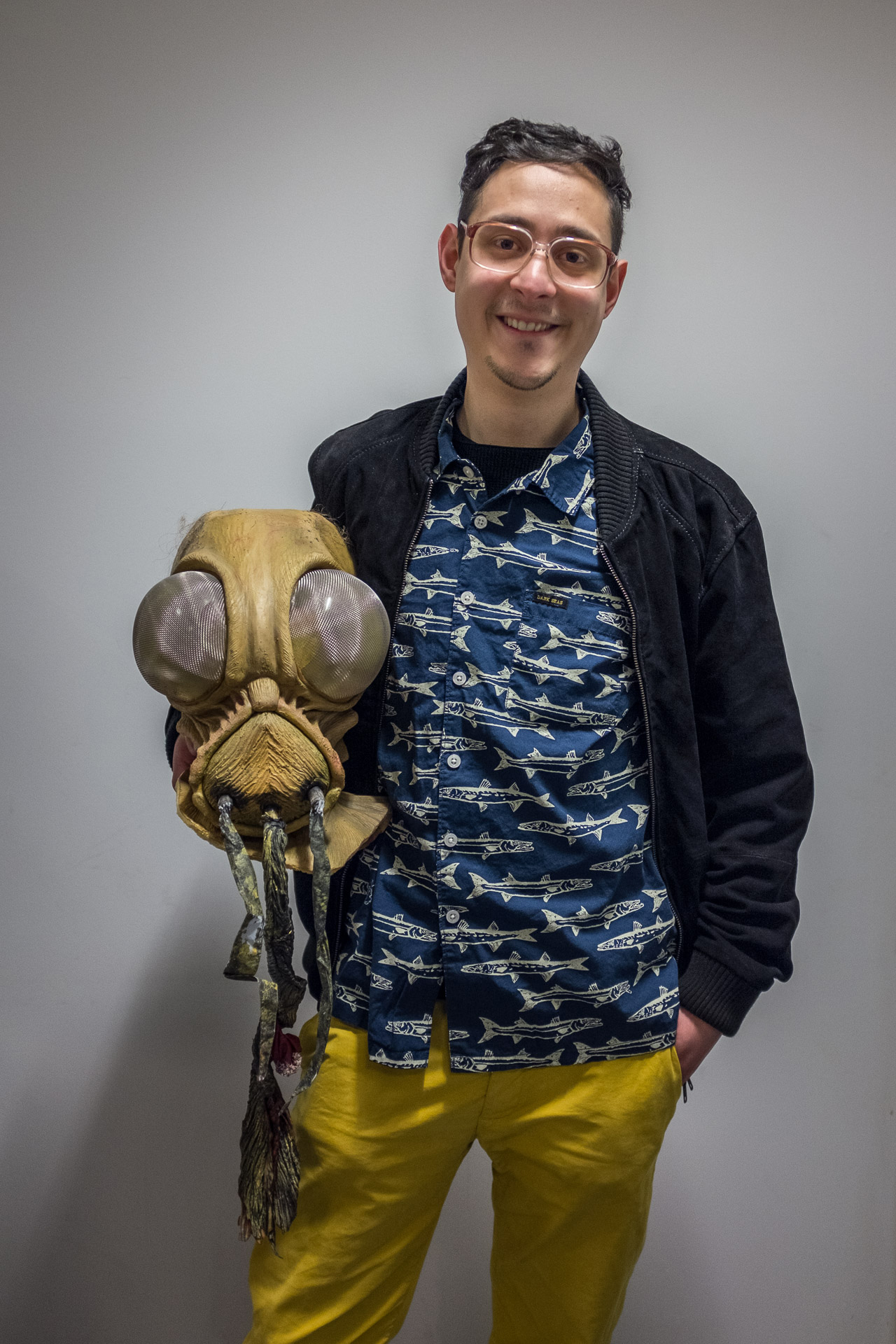Serotipo / Serotype
[2016]
Serotipo es un personaje imaginario que desarrollé con el objetivo de representar la experiencia vivida por aquellos que han sufrido la enfermedad del dengue.
Este proyecto de arte participativo, comunitario y relacional invitó a las personas a interactuar con una representación de lo que sienten las personas cuando están infectadas con virus del dengue.
En términos científicos, ‘serotipo’ se refiere a una de las cuatro variaciones que puede tener el virus del dengue. Para abordar esta idea en relación a la experiencia de estar enfermo, invité a un virólogo y a otros artistas a trabajar conmigo mientras realizaba una investigación etnográfica entre algunas personas que habían tenido dengue.
En el diseño de esta pieza, no solo consideramos los síntomas de la enfermedad (dolor detrás de los ojos, fiebre, dolor articular, erupciones en la piel o sangrado), sino que también tomamos en cuenta las experiencias que describían los participantes de mi investigación etnográfica. Ellos mencionaban, por ejemplo, las ideas de aislamiento social, sensación quiebra-huesos, terribles dolores de cabeza, insomnio y confusión mental.
El resultado de este ejercicio fue la creación de un antihéroe, un híbrido entre los síntomas de la enfermedad, las vivencias de las personas que la han padecido y el propio mosquito.
La curadora francesa Annick Bureaud (ArtPress, 2018) describe esto como ‘atractivo y divertido’, ‘perturbador’, ‘juguetón’ y ‘quimera monstruosa’.
El serotipo ha aparecido en SciArtMagazine y en el International Symposium on Electronic Arts, ISEA2017 (ver p.51). También escribí dos artículos que exploran el concepto etnográfico y estético detrás del proyecto: ‘Serotype: exploring the embodied experience of having dengue fever’ and ‘Art, science and anthropology experiments’.
Este proyecto fue desarrollado con el apoyo sel Departamento de Ciencia, Tecnología e Innovación de Colombia (Colciencias), hoy MinCiencias, y el Granada Centre for Visual Anthropology de la Universidad de Manchester. Serotipo fue producido por Bimana. El contenido de este sitio web se produjo como parte de la residencia de artistas Saari, con el apoyo de la institución finlandesa Kone Foundation.
Serotype is a fictional character I developed who embodies the experience of having dengue fever.
This participatory, community, and relational art project invited people to engage with a representation of what people feel while they are infected with dengue fever.
In scientific terms, ‘serotype’ refers to one of the four variations that dengue virus may have. To address this idea in relation to the experience of being ill, I invited a virologist and other artists to work with me while I was carrying out ethnographic research among some people who had dengue fever.
In the design of this piece, we not only considered the symptoms of the disease (pain behind the eyes, fever, joint pain and rashes, and mucosal bleeding), but we also took into account experiences highlighted by participants in my ethnographic research, such as social isolation, break-bone sensation, terrible headaches, insomnia, and brain fog.
The result of this exercise was the creation of a comic anti-hero, a hybrid of dengue symptoms, the experiences of people who have suffered it, and the mosquito itself.
The French curator Annick Bureaud (ArtPress, 2018) describes this as ‘attractive and funny’, ‘disturbing’, ‘playful’, and ‘monstrous chimera’.
Serotype has been featured in SciArtMagazine and in the International Symposium on Electronic Arts, ISEA2017 (see p.51). I also wrote a two papers exploring the ethnographic and aesthetic concept behind the project: ‘Serotype: exploring the embodied experience of having dengue fever’ and ‘Art, science and anthropology experiments’.
This project was supported in part by the Colombian Department of Science, Technology and Innovation (Colciencias), today MinCiencias, and the University of Manchester’s Granada Centre for Visual Anthropology. It was produced by Bimana.
The content of this website was produced as part of the Saari Artist Residency supported by the Finnish institution Kone Foundation.





